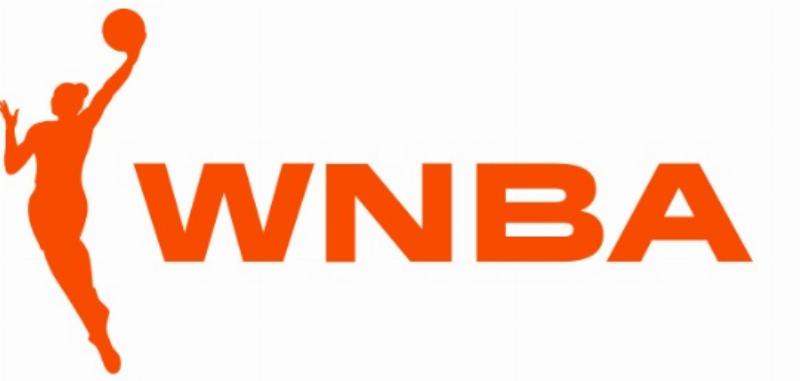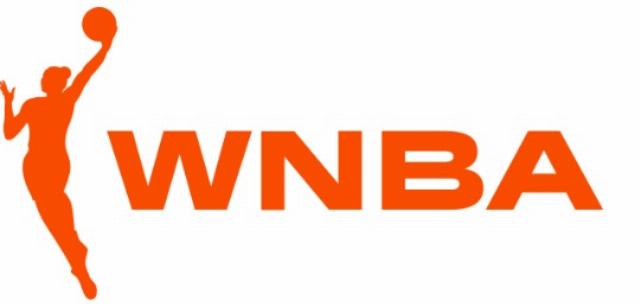


WNBA players are once again demanding pay equity with their NBA counterparts, denouncing the "gender pay gap" as systemic injustice. Yet this protest reveals a fundamental misunderstanding of basic economic principles that govern wages and prices in a market economy.
The WNBA-NBA case offers a stark lesson in how markets determine compensation based on real economic value, not egalitarian ideology. It demonstrates what happens when state intervention and subsidies distort natural market signals.
The economic reality is stark: consumers have voted with their wallets and eyeballs, and the verdict is decisive. The WNBA operates in a completely different economic universe than the NBA. We're talking about revenue gaps that dwarf most industry comparisons. Even with the much-celebrated "Caitlin Clark effect" boosting 2024-2025 numbers, the fundamental market dynamics remain unchanged.
Here's what the pay equity crowd refuses to acknowledge: this isn't some conspiracy or systematic oppression. It's the market working exactly as it should. Millions of individual consumers, making free choices about how to spend their time and money, have collectively determined the relative value of these products. The NBA didn't decree itself more valuable -- fans did, advertisers did, broadcasters did.
These aren't "biases" or "sexism" -- they're consumer preferences expressed through market mechanisms.
Carl Menger taught us that economic value doesn't derive from a good's intrinsic characteristics, but from the subjective utility consumers attribute to it. No matter how hard WNBA players work, what matters is how much consumers value their product. If the public prefers to watch something else, economic value reflects that preference. As Menger observed, attempting to set prices different from market value leads to distortions: if the WNBA paid "fair" wages based on political principles, it would simply go bankrupt even faster.
Here's the crucial point activists ignore: the WNBA isn't a free market enterprise. It's an artificially subsidized operation kept alive by the NBA. Since 1997, the WNBA has accumulated chronic losses. Already in 2018, NBA Commissioner Adam Silver reported losses of about $10 million annually. For the 2024 season, estimated losses rose to approximately $40 million, despite record revenues. This is pure crony capitalism: an economically unsustainable activity maintained through subsidies, distorting natural market signals.
 Ludwig von Mises demonstrated that profits and losses are the essential signals guiding rational resource allocation. The WNBA's chronic losses indicate that resources employed in professional women's basketball could generate greater social utility elsewhere. But NBA subsidization prevents this natural reallocation, artificially maintaining an activity the free market would have already eliminated.
Ludwig von Mises demonstrated that profits and losses are the essential signals guiding rational resource allocation. The WNBA's chronic losses indicate that resources employed in professional women's basketball could generate greater social utility elsewhere. But NBA subsidization prevents this natural reallocation, artificially maintaining an activity the free market would have already eliminated.
Murray Rothbard analyzed how unions seek to set wages above workers' marginal productivity, with the inevitable result of unemployment or business failure. WNBA players demand compensation based on "justice" principles external to the market, objecting: "NBA players receive 50% of revenues -- we want equal treatment!"
But wages aren't determined by arbitrary revenue percentages, but by marginal productivity and market alternatives. The NBA can give 50% of revenues because it generates real profits. Giving WNBA players 50% of $200 million would mean $100 million in salaries, transforming current losses into $140 million annual losses. As Rothbard explained, you can't get something from nothing. If WNBA salaries were raised to "fair" levels, the league would have to:
- Raise ticket prices (reducing audience).
- Seek more subsidies (increasing distortion).
- Fail completely.
There's no fourth option.
If professional women's basketball were truly undervalued, why doesn't any private entrepreneur invest massively to exploit this "opportunity"? The market is full of profit-seeking investors. But this doesn't happen. The only "investor" willing to lose money on the WNBA is the NBA, for marketing and political pressure reasons, not economic logic.
Artificially maintaining the WNBA generates negative economic effects: wasted resources, false signals for young athletes, and no incentive for the WNBA to improve its product, knowing it will be subsidized.
If WNBA players want higher salaries, the option is simple: create a product consumers value more. This could mean modifying rules to make it more spectacular, reducing costs, finding untapped market niches, or innovating in marketing. But demanding artificially high wages while ignoring market value isn't a solution -- it's a denial of economic reality.
The WNBA's "gender pay gap" isn't injustice; it's economics. The market has determined that professional women's basketball is worth a tiny fraction of men's basketball, and salaries accurately reflect this valuation.
Protests for "pay equity" reveal a fundamental misunderstanding of how free markets work. Wages aren't distributed by a central authority based on "equity" principles; they emerge from voluntary interaction between supply and demand.
If we want a prosperous economy, we must allow the market to function without ideological interference. This means accepting that some activities are economically worth less than others, regardless of how morally deserving they seem. The WNBA should compete in the free market like any other enterprise: generate profits or cease to exist. Any other solution is simply crony capitalism masquerading as social justice.
As Mises, Rothbard, and the Austrian school remind us: the free market isn't perfect, but it's the only system that efficiently allocates resources based on people's real preferences. The alternatives are all forms of central planning, and we all know how those end.
Image: WNBA
